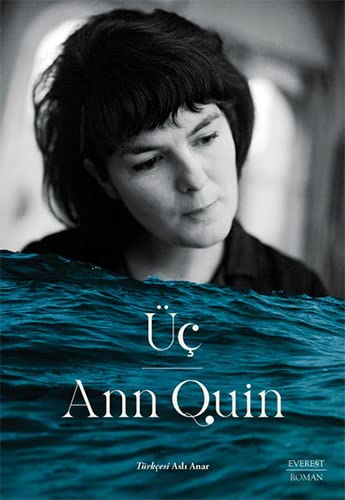What do you think?
Rate this book


176 pages, Paperback
First published January 1, 1966
“Tres meses ya viviendo con dos personas y ni siquiera más cerca, más cerca. Las tácticas naufragan antes incluso de iniciarlas. Tres no parece la respuesta. Y sin embargo…”
“… una situación en la que anhelo adentrarme si es posible hasta los límites mismos de la imaginación. Subir otro nivel, una dimensión adicional, preferiblemente llevándome a los dos conmigo. Aunque ¿hasta dónde pueden llegar las emociones? Sin embargo por el momento no pido nada más que estar, vivir como viven ellos”
"Quiero follarte en las escaleras, en cabinas telefónicas, en espacios públicos. Atarte y que todos te vean, que te follen, que hagan lo que les plazca, y que te azoten, te laman y te follen otra vez. Que te follemos una fila entera, como un tren que se precipita en la oscuridad."
“Una náusea reconocible provoca en mí el deseo de llegar a ser algo en sus vidas, cualquier cosa. Todo. Pero ¿a quién le toca mover?”
“Sus estrechas dimensiones me atrapan en un letargo espantoso, cuando cualquier cosa sería bienvenida como una liberación. Se zarandean mutuamente contra paredes, que los repelen y los devuelven al interior de cada uno”
“Solo le preocupa alcanzar su propio orgasmo y yo me niego en redonde a ser explotada de ese modo. ¿Ha sido diferente alguna vez desde que nos casamos? Qué difícil es recordar sentimientos pasados. Que fui pasiva demasiado pasiva me doy cuenta de que me hizo serlo. Y en todo aquello el deseo de complacer satisfacer lo que pensaba que él más quería pese a querer yo algo distinto otra cosa”
“Cuando regresé, la casa estaba a oscuras. Al abrir la puerta, ir hacia mi habitación, me sentí una mera intrusa. Pero qué hay que pueda robarse más allá de lo que han dejado como debo para distraer del objetivo principal. Al fin y al cabo ahora me he convertido en la víctima, y ya no hay vuelta atrás”